What is…?
Sambal is a Malaysia sauce or pastes typically made from a mixture of a variety of chilli peppers with secondary ingredients such as shrimp paste, garlic, ginger, shallot, scallion, palm sugar, and lime juice. Sambal is a Malaysian loan-word of Javanese origin (sambel). It is native to the cuisines of Malaysia and popular in Indonesia, Sri Lanka, Brunei and Singapore. It has also spread through overseas populations to the Netherlands and Suriname.
Various recipes of sambals usually are served as hot and spicy condiments for dishes, such as lalab (raw vegetables), ikan bakar (grilled fish), ikan goreng (fried fish), Ayam goreng (fried chicken), Ayam penyet (smashed chicken), iga penyet (ribs) and various Soto soup. There are 212 variants of sambal in Indonesia, with most of them originated from Java.
History Sambal Edition
Sambal is often described as Indonesian relish, and it was indeed developed within the Indonesian archipelago. However, its main ingredient, chilli pepper of the genus Capsicum, is not native to Southeast Asia. Common variants used in sambal recipes include Cayenne pepper (Capsicum frutescens) and green chilli pepper (Capsicum annuum). These variants are native to the Western Hemisphere and were introduced to the Indonesian archipelago in the 16th century by Portuguese and Spanish sailors during the Columbian exchange.
Curiously, people of the Indonesian archipelago were already familiar with a type of hot and spicy relish prior to the 16th century. A hot spice called “cabya” had become a valuable commodity in the Javanese market as early as the ancient Mataram Kingdom era circa 10th century. The 14th century Majapahit Javanese Nagarakretagama manuscript mentions lombok mirah island which is identified as Lombok island, which is also the area that produced a spice called red Lombok. In today’s modern Javanese, the term lombok refers to ‘chili pepper’, yet the term probably originally referred to a native hot spice prior to the introduction of capsicum. The Indonesian languages terms for ‘chilli pepper’ are cabai or cabe, yet the word ‘cabya’ is mentioned in several ancient inscriptions and texts found in Java from the 10th century CE. Cabya is actually a reference to the Javanese long pepper or Balinese long pepper (Piper retrofractum). Historian suggests that prior to the introduction of Capsicum from the Americas in the 16th century, it was cabya that widely used and cultivated as a hot spice in Java. Cabya is still used in Java, but the overwhelming popularity of the capsicum plants eventually pushed out cabya consumption until it was only used in traditional herbal medication and in making jamu (Javanese traditional herbal drink). Nowadays, the plant is considered rare. Another historian suggests that it was ginger that was used as a hot spice agent in the ancient form of sambal. Ginger, cabya and andaliman are among the earliest hot spices used in early sambal-like hot relish, followed by the introduction of pepper circa 12th century from India, and finally the introduction of chili pepper from the Americas in the 16th century.
The Javanese manuscript Serat Centhini (1819–1912) records 16 sambal variants in Java. The recipe book Mustika Rasa (1967), written and composed by Hartini Sukarno, presented 63 recipes of sambals. In 2017, Murdijati Gardjito, a food researcher from Gadjah Mada University, identified hundreds of variants of sambals in Indonesia; 212 of them have a clear origin, while 43 have an unclear origin. Java has the most of variants with 43 per cent of sambal variants, Sumatra has 20 per cent, Bali and West Nusa Tenggara have 8 per cent, and the rest is distributed between Maluku, Kalimantan and Sulawesi.
Sambal is a hot and spicy relish most likely originated from Java, as etymology study suggests that the term is a loanword derived from Javanese sambal. Just like many culinary introduction and adaptation in the archipelago, over the years this hot and spicy relish branched off into an assorted array of sambal varieties, localised according to the local taste and the availability of the ingredients. Today sambal is a staple of Southeast Asian households, essential in cuisines of Indonesia, Malaysia and Singapore.
To discover other amazing Malaysian dishes click here.

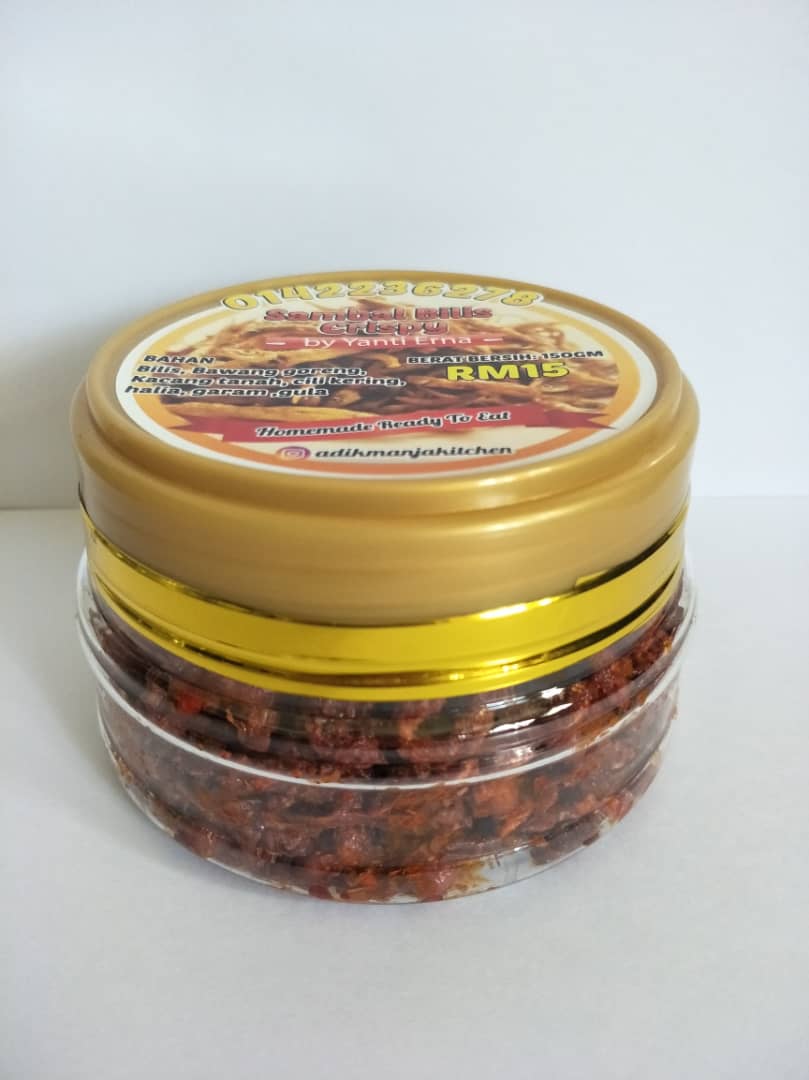
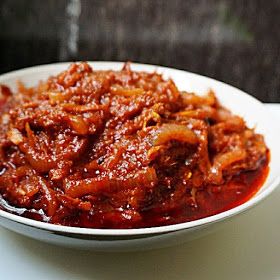


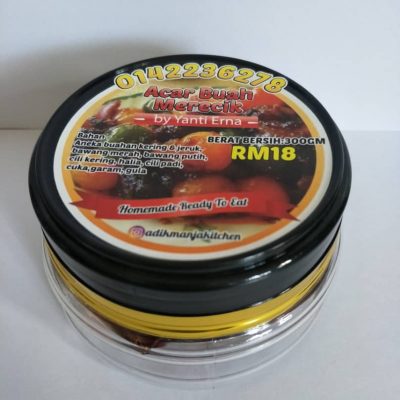
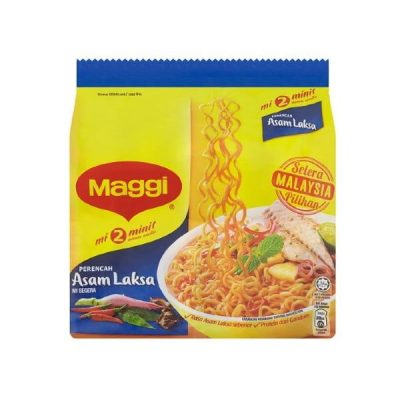
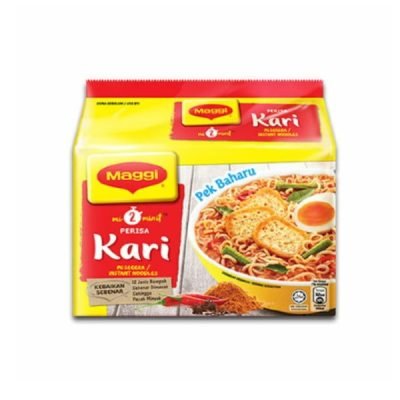

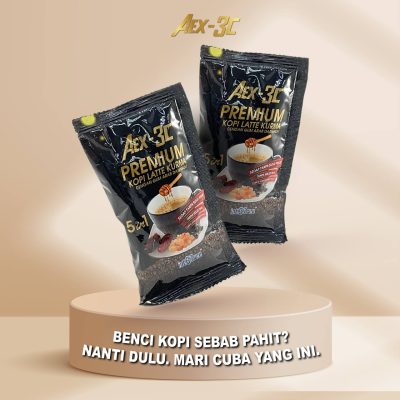

Reviews
There are no reviews yet.